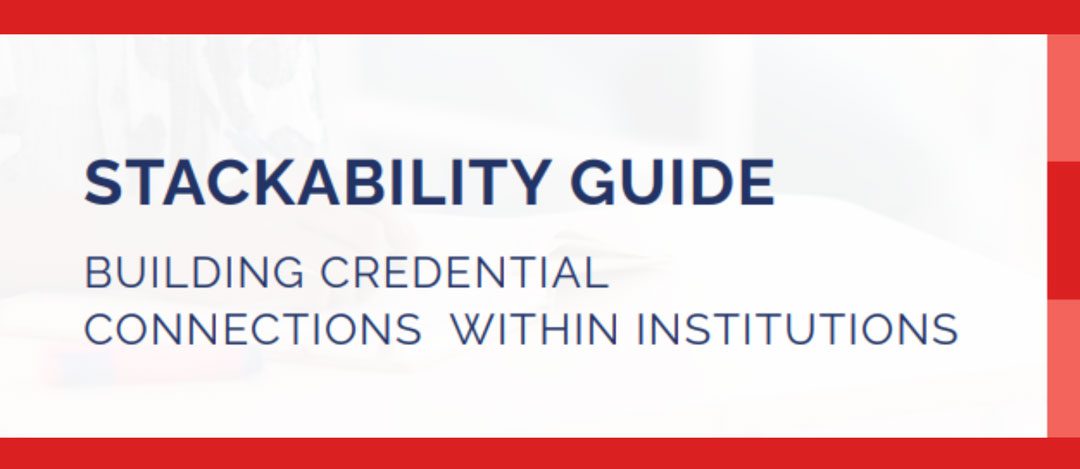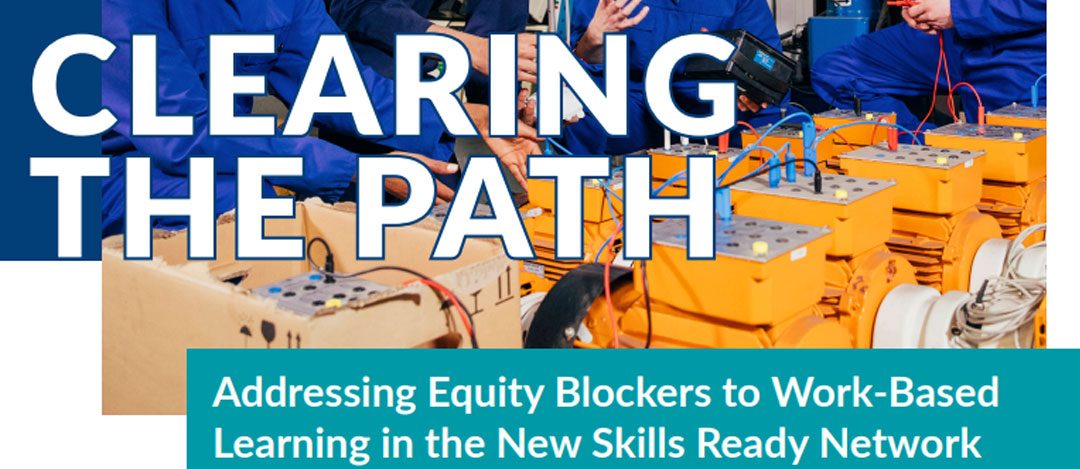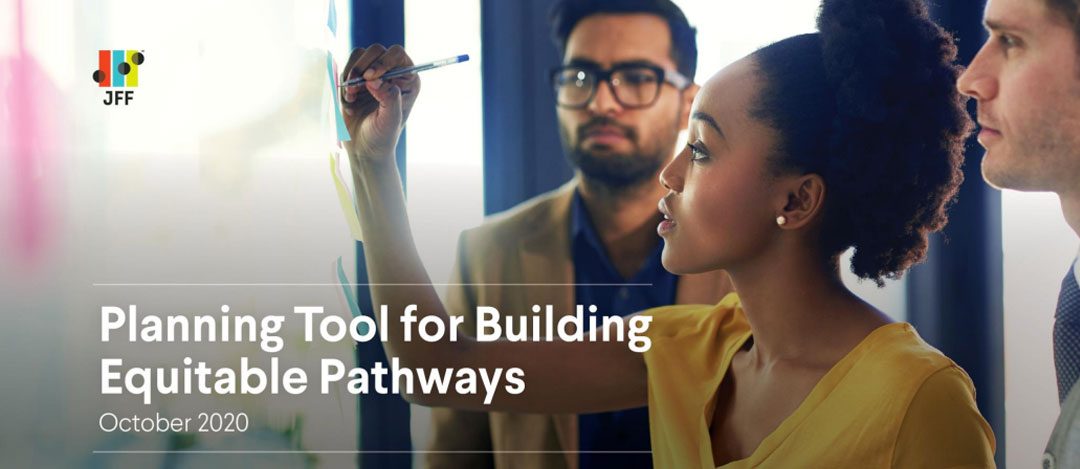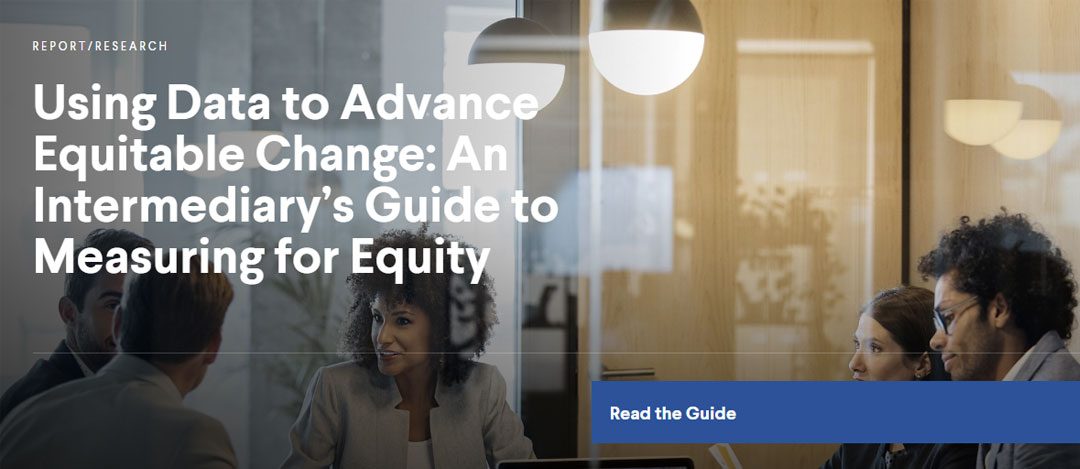Resources


Stackability Guide: Building Credential Connections Within Institutions
This guide is designed to help institutional leaders move stacking credentials from a concept to a reality and to create stackable credentials that position students to move internally seamlessly through credit and noncredit, between and among programs, to adjacent career pathways, and over time as students return to engage with institutions for various educational and skill-building needs. The focus is to examine processes and practices within an institution such that existing institutional credentials, and new ones that get added, are stackable.

Clearing the Path: Addressing Equity Blockers to Work-Based Learning
To identify and understand the equity blockers to internships and youth apprenticeships, Education Strategy Group (ESG) conducted a cross-site analysis to collect and share findings from the six communities within the New Skills ready network (NSRN), which are generalizable to communities at large. This report outlines our key learnings across NSRN sites and opportunities for institutions to expand access and equity to internships.

Planning Tool for Building Equitable Pathways
With this tool, intermediary organizations can gauge their capacity and effectiveness in leading and supporting the creation, improvement, and sustainability of high-quality career pathways for Black and Latinx youth and young people who are experiencing poverty. This tool will allow your organization to plan, partner, and do the work necessary to become a more effective intermediary in your unique context.

Using Data to Advance Equitable Change: An Intermediary’s Guide to Measuring for Equity
Intermediaries work to improve, vertically align, and systematize the components of career pathways. They are also crucial actors in centering racial equity within pathways work—as advocates, designers, and accountability partners. In these roles intermediaries analyze data within a given program as well as across secondary, postsecondary, and work systems to reveal trends and areas for greatest impact. In this brief, intermediaries participating in the Building Equitable Pathways community of practice share metrics they prioritize when determining if and how their pathways work successfully, resulting in more equitable outcomes.

Youth Apprenticeship Quality Assessment Tool
The Partnership to Advance Youth Apprenticeship (PAYA) has developed this Youth Apprenticeship Quality Assessment Tool as a piece of a four-step protocol aimed at assisting education providers, employer and industry partners, intermediary organizations, and other youth apprenticeship leaders in collaboratively identifying ways to improve policies, procedures, and practices in support of learner success.

Youth Apprenticeship Data Framework
The Youth Apprenticeship Data Framework is intended to be a practical and adaptable guide to support youth apprenticeship partnerships’ efforts to build data systems that monitor the effectiveness of youth apprenticeship programs and inform continuous improvement activities. The framework can be used as a foundation that supports the data capacity of leaders and organizers working together to identify, develop, and scale up effective, equitable youth apprenticeship programs around the country.

Improving Communications to Develop Work-Based Learning Programs in the Skilled Trades
This brief synthesizes key points from the Work Group on Youth Apprenticeship and Work-Based Learning in the Skilled Trades (STWG) and introduces the STWG’s first collaboratively developed resource, Employers’ Guide to Work-Based Learning Opportunities in the Skilled Trades, a customizable resource to support communication between educators, program leaders, and employers as they develop work-based learning programs in the skilled trades.

Unlocking Potential: A State Policy Roadmap for Equity and Quality in College in High School Programs for Students With Disabilities
This resource from the College in High School Alliance builds upon its state policy roadmap to illustrate how state leaders can expand access to college in high school programs for learners with disabilities. The report is organized around six key policy area: Equity goal and public reporting; program integrity and credit transfers; finance; course access and availability; instructor capacity; and navigational supports.
Join the Launch email list to receive updates and information on all things Launch!

 Impact Site
Impact Site Innovation Site
Innovation Site